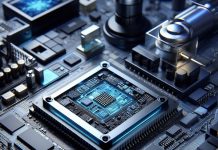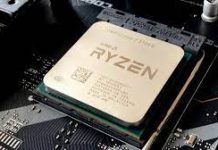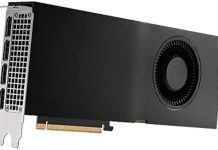There are still a few years left before such a memory is released.
HBM4 memory will appear on the market only in a few years, but it has already become known that its appearance may be associated with a small revolution in the field of semiconductor production. Hynix is reportedly working with Nvidia and other manufacturers on technology that will allow HBM4 memory chips to be placed directly on the computing chip.
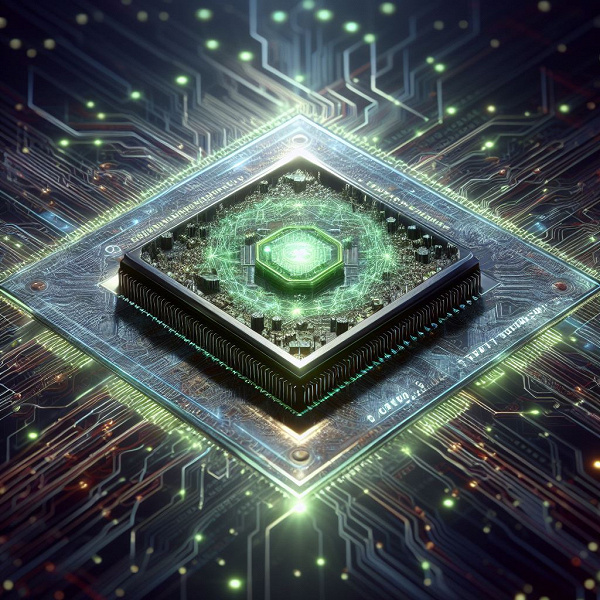
Now HBM memory is placed on the same substrate as the CPU or GPU, but next to it. Placing memory on the CPU/GPU will not only change the way logic and memory devices are typically connected, it will also change the way they are manufactured.
This will change the way CPUs and GPUs are made.
In fact, this is approximately the same as AMD’s 3D V-Cache, only with a different type of memory. SK Hynix has now begun recruiting specialists to design logic semiconductors such as CPUs and GPUs and is discussing its HBM4 integration design method with several companies without its own manufacturing capabilities, including Nvidia.
It is likely that Hynix and Nvidia will initially jointly develop a specific GPU, and then TSMC will produce this chip and immediately place HBM4 memory on top. Considering the type of memory, we are clearly talking about specialized accelerators for AI or data centers.
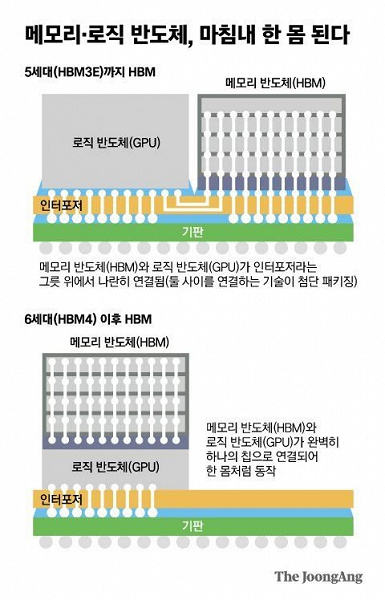
Hynix took on this idea for a reason. The thing is that HBM4 memory will use a 2048-bit interface to connect to host processors, so the latter will be extremely complex and expensive. A direct connection between memory and CPU/GPU will simply be cheaper.
However, it is too early to draw any conclusions, since on the way to such implementation there is a very banal problem – heating. The consumption of the Nvidia H100 accelerator is very high, and in a few years such solutions can consume much more. Memory also consumes a lot, and when all this is placed next to each other, there are no problems with cooling. And when a “sandwich” is created, the heating increases significantly with a smaller area of the final crystal. Perhaps Nvidia accelerators in a few years will initially be designed exclusively for liquid cooling.


